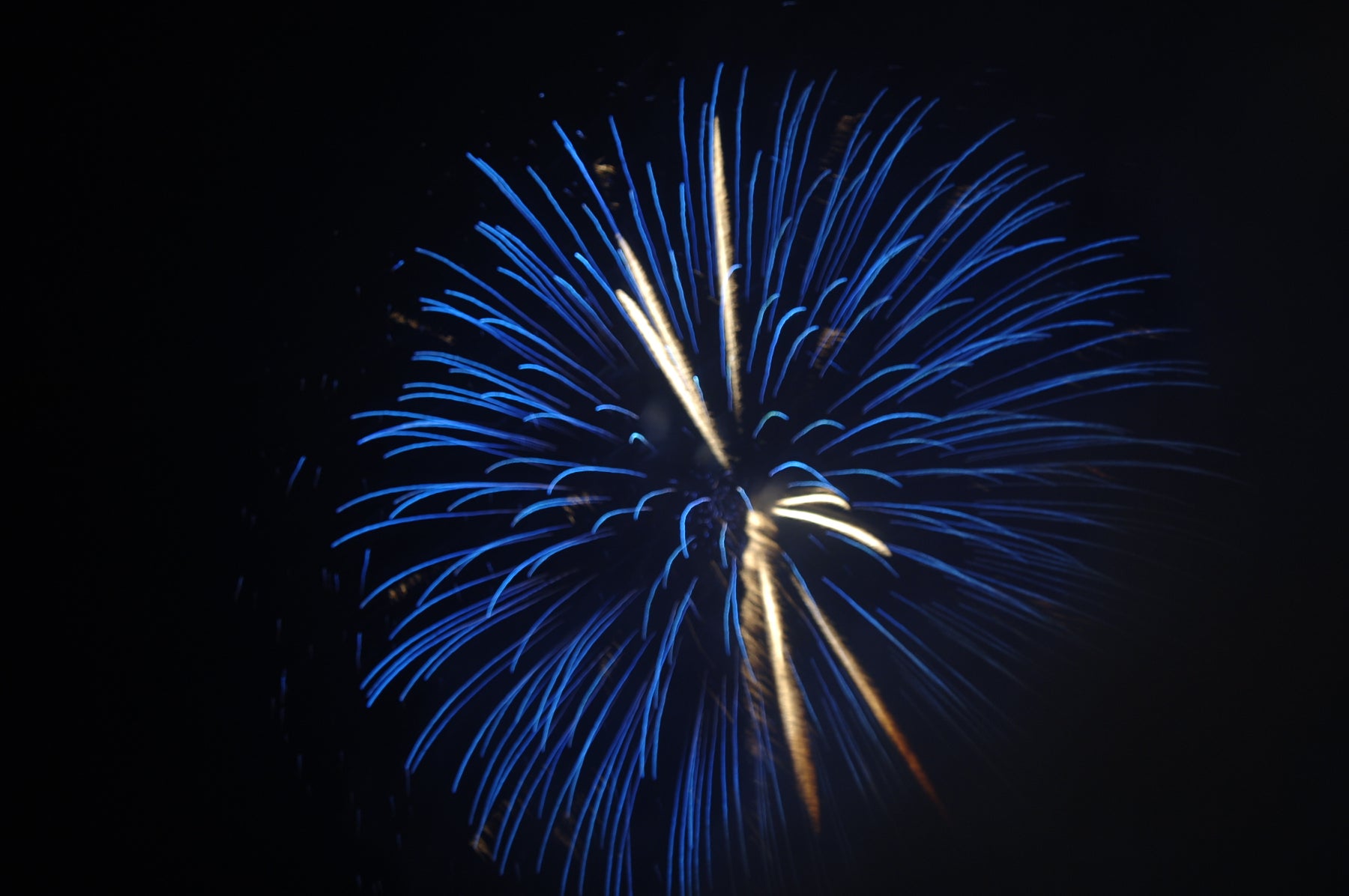
THE ART OF CREATING BLUE COLOURS IN FIREWORKS
Fireworks, those dazzling bursts of color and light that grace the night skies on special occasions, are a testament to human creativity and ingenuity. The rich tapestry of hues that paint the heavens during these displays often leaves us in awe. If you've ever wondered about the secrets behind creating the stunning blue colours in fireworks, you're in for a treat.
The colour blue, often associated with serenity and depth, adds a touch of magic to any fireworks show. But how is this captivating shade achieved amidst the explosive brilliance? The answer lies in the careful selection of chemical compounds.
Copper compounds are the unsung heroes responsible for producing those striking blue fireworks. One of the most common compounds used is copper chloride. When heated, copper chloride releases photons, which are the building blocks of light. These photons fall within the blue spectrum, delighting our eyes with that captivating azure shade. Copper chloride isn't the only option, though. Copper carbonate and copper oxides are also employed in various combinations to fine-tune the intensity and tone of blue produced.
Creating blue firework effects is a meticulous process. The copper compounds are often incorporated into small pellets or stars within the firework's shell. These pellets are carefully packed alongside other compounds that generate different colors, creating a symphony of light when ignited.
Moreover, the temperature at which these compounds burn plays a pivotal role in the resulting shade of blue. By adjusting the composition and timing, pyrotechnic technicians can achieve variations from deep sapphire to lighter shades reminiscent of the sky at twilight.
In conclusion,, the mesmerizing blue colours that grace the night skies during fireworks displays are a result of carefully orchestrated chemical reactions. Copper compounds, expertly mixed and ignited, release photons in the blue spectrum, creating a visual spectacle that captivates our imagination. So, the next time you find yourself gazing at the enchanting blue fireworks overhead, you'll know the intricate science and artistry that contribute to their brilliance.
